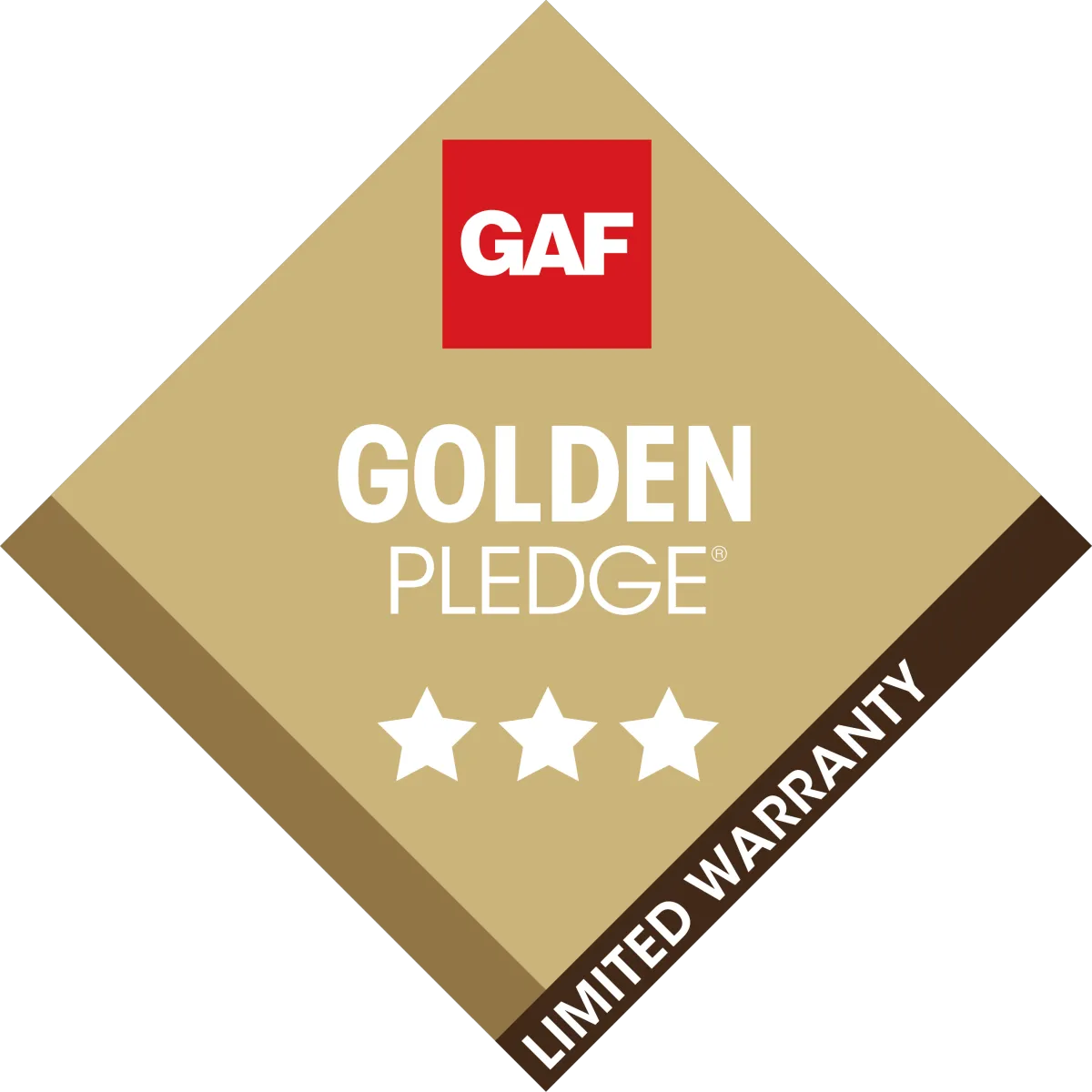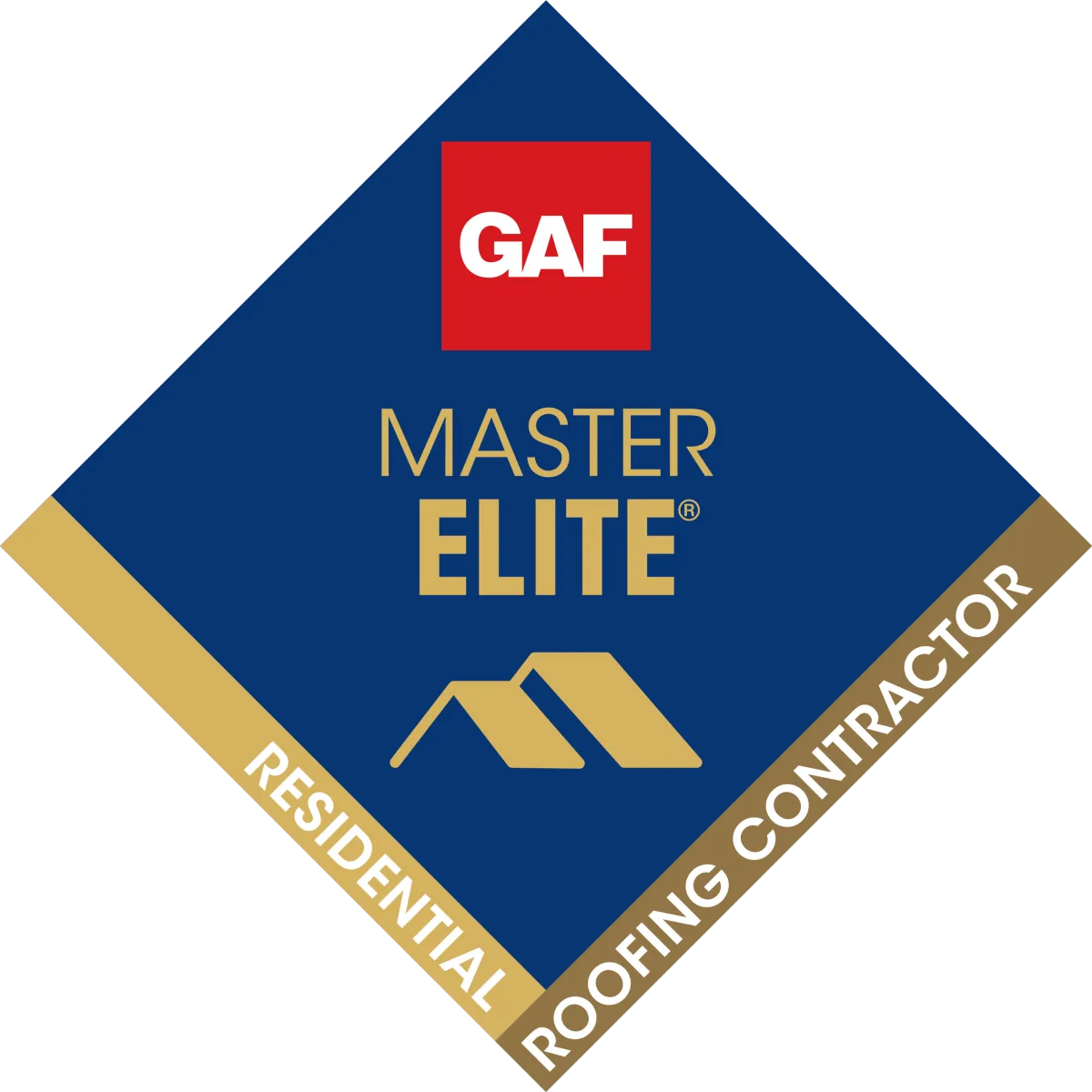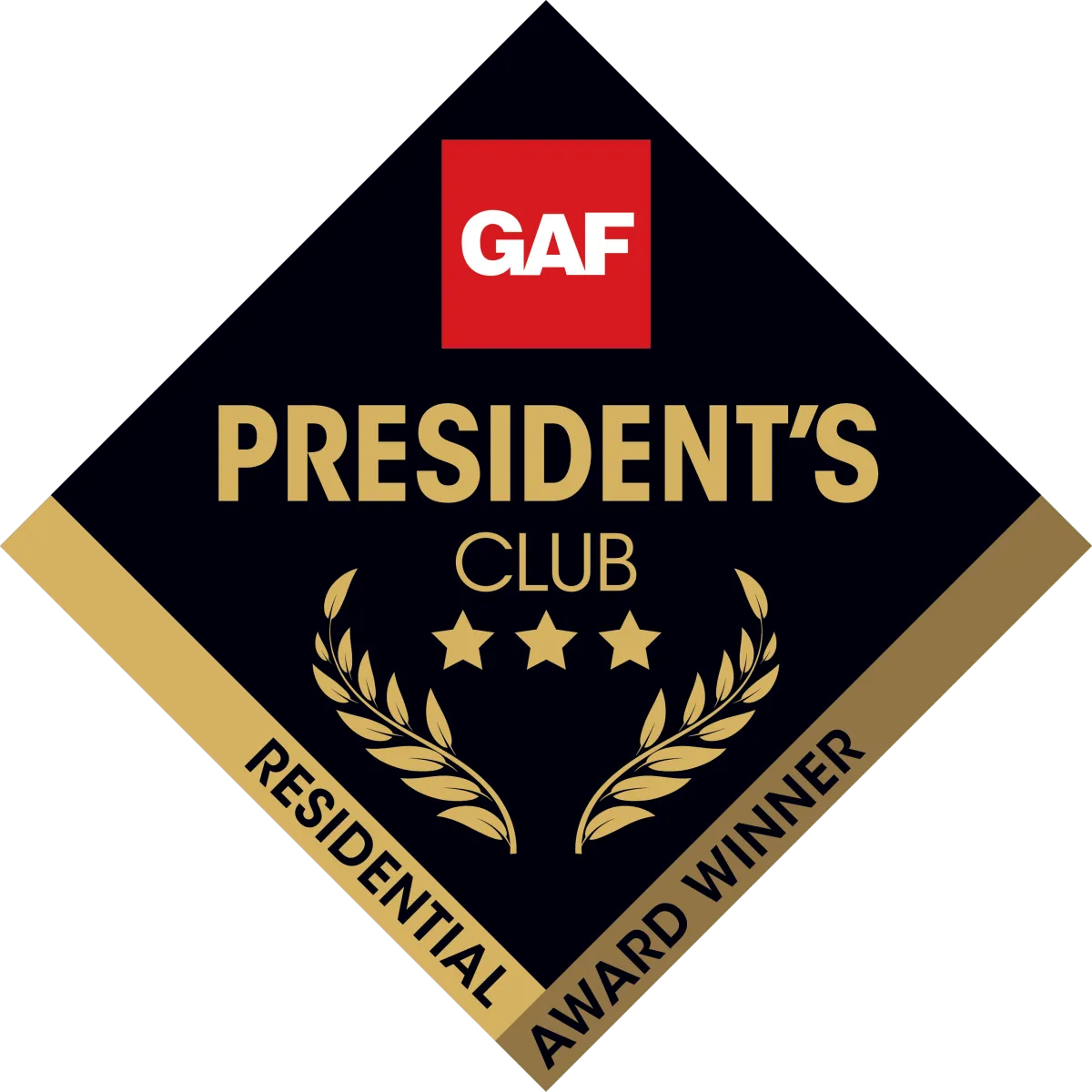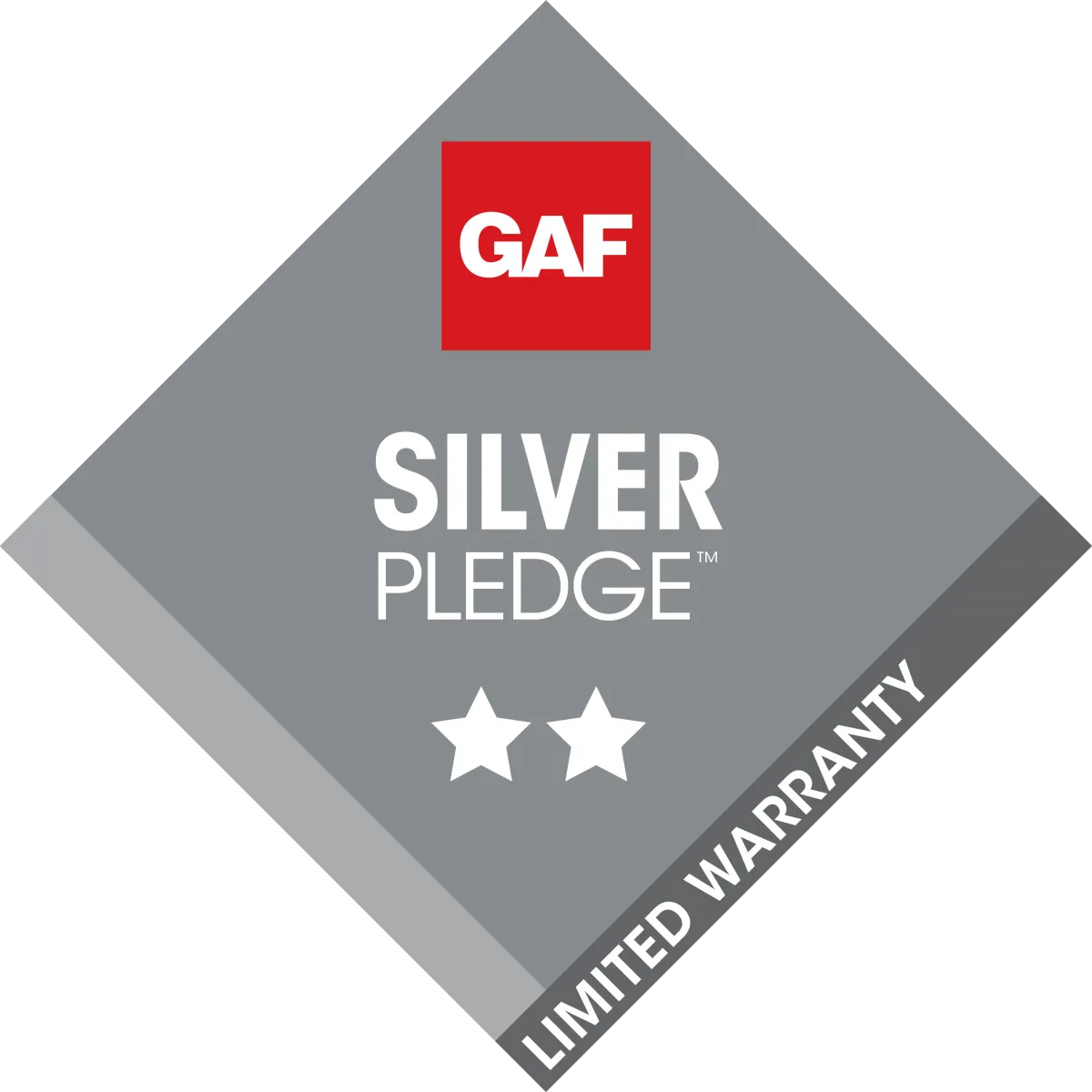So, you’re in Rapid City, SD, on a quest for the perfect roof for your business or property. Maybe you’ve been scratching your head over all those roofing options out there—metal, TPO, BUR…what do all these letters even mean? No worries! We’ve got you covered with the ultimate guide to understanding the top commercial roofing materials available. Whether it’s for energy savings, long-lasting durability, or just peace of mind, here are the top seven commercial roofing materials that should be on your radar.
Metal Roofing
THe Pros:
Metal roofing has skyrocketed in popularity, and for good reason. It’s incredibly durable and long-lasting—we’re talking about 40 to 70 years of protection when it’s well-maintained. Metal is also eco-friendly since it’s often made from recycled materials and can be recycled again after its long life on your roof.In Rapid City, where summers can sizzle and winters can freeze, metal’s strength is a major advantage. Metal reflects sunlight, meaning it’ll keep your building cooler in summer while reducing those pesky energy bills. Plus, it’s resistant to both fire and wind, so you can rest easy during storms.
The Cons:
The upfront cost of metal roofing can be higher than other options, but think of it as an investment in longevity. Also, while newer options offer rust protection, an uncoated metal roof may be prone to rust, especially in humid conditions.
Is Metal Roofing for You?
If you’re looking for a durable, eco-friendly roofing option that can stand up to Rapid City’s range of weather conditions, metal is a fantastic choice!
TPO (Thermoplastic Polyolefin)
The Pros:
TPO roofing is like the cool new kid on the block. It’s known for its energy efficiency, which can help keep your commercial space cooler during Rapid City’s warmer months. TPO is also affordable compared to some other materials, making it popular among building owners who want great value.TPO is resistant to dirt and bacteria build-up, so it’s low maintenance, and it installs quickly thanks to its lighter weight. This roofing material is also fully recyclable, so you’re helping the planet with every square foot installed.
The Cons:
While TPO roofs are durable, they may not have the longest lifespan, especially if exposed to very extreme weather. Plan on replacing it after 15-20 years if it’s been through a lot of Rapid City’s temperature swings.
Is TPO Right for You?
TPO is a smart choice if you want an affordable, energy-efficient roof without a huge upfront investment. For Rapid City’s milder winters, it’s especially effective!
EPDM (Ethylene Propylene Diene Terpolymer)
The Pros:
If your building faces tough weather or temperature extremes, EPDM is ready for the job. This durable, rubber-based material can handle both hot summers and freezing winters. It’s highly resistant to UV rays, so the Rapid City sun won’t be an issue.EPDM has a straightforward installation process, making it a great choice if you want a solid roof without too many bells and whistles. Plus, it’s relatively affordable and can last around 30 years if properly maintained.
The Cons:
A downside is its limited color options—typically black or white—so it’s not the most customizable material. Over time, EPDM may shrink, which can lead to issues if not monitored.
Is EPDM the One?
If your focus is on durability and you’re okay with a simple, practical look, EPDM is a solid option that works well in Rapid City’s climate.
PVC (Polyvinyl Chloride)
The Pros:
PVC roofing is known for its waterproofing capabilities, making it ideal for flat or low-slope roofs where water pooling can be a concern. In a place like Rapid City, where you never know when a rainstorm will hit, PVC’s water resistance is a real asset.Another major perk? Fire resistance. PVC doesn’t ignite easily, making it a safer option. It also boasts great flexibility, which is handy for buildings with more unique roof shapes.
The Cons:
PVC roofing tends to be pricier than some other options, and it’s not the greenest choice—production and disposal have environmental impacts.
Should You Go for PVC?
For flat-roofed buildings where water pooling is an issue, or if you prioritize fire safety, PVC roofing could be a top choice.
Modified Bitumen
The Pros:
Modified bitumen is a cousin of asphalt, made with extra polymers for a sturdier finish. This material is perfect for flat or low-slope roofs and offers impressive resistance to tears and punctures. If your building has high foot traffic on the roof, this could be a lifesaver.With Rapid City’s warm summers, modified bitumen reflects heat better than traditional asphalt, keeping your building cooler. It’s also fairly affordable and straightforward to install, which is always a win.
The Cons:
This roofing material isn’t the best for very hot climates, so in extreme summers, it might feel a bit on the warmer side. Also, it doesn’t come in as many designs or colors, which limits the aesthetic options.
Is Modified Bitumen Your Roof BFF?
It’s a good fit if you’re looking for a budget-friendly, sturdy roof for low-slope applications.
Built-Up Roofing (BUR)
The Pros:
BUR is the classic, tried-and-true roofing option. It’s made by layering tar and gravel, creating a multi-layered barrier that’s excellent for flat roofs. With Rapid City’s weather, BUR offers solid protection and excellent insulation, which can save on heating and cooling costs.This roof is designed to take a beating. The layers provide fantastic protection against leaks, and if you need a rooftop area for HVAC systems or foot traffic, BUR can handle it.
The Cons:
BUR roofs are heavier than many other options, which may require extra structural support. Also, installation takes longer, as each layer has to be applied carefully.
Does BUR Have Your Back?
If your building can support it, BUR’s reliability and durability make it a fantastic choice for flat roofs in Rapid City.
Green Roofing
The Pros:
Let’s get a little green! Green roofing—think rooftop gardens or vegetation layers—has taken off as an eco-friendly choice for commercial spaces. Besides looking amazing, green roofs provide natural insulation, keeping buildings cooler in summer and warmer in winter.In addition to the aesthetic appeal, green roofs reduce rainwater runoff, which is great for the environment. In a city like Rapid City, this type of roof can even help with air quality by adding a touch of greenery.
The Cons:
Green roofs require regular maintenance, from watering to weeding. They’re also heavier, so your building must be structurally sound. Lastly, the initial setup cost can be high.
Going Green with Green Roofing?
If sustainability, aesthetic appeal, and environmental benefits are high on your list, green roofing is a fantastic way to bring a bit of nature to Rapid City.
Choosing the right commercial roofing material can feel like a big decision, but it all boils down to your building’s needs and your priorities. Whether you’re looking for the unmatched durability of metal, the energy efficiency of TPO, or the natural charm of a green roof, there’s an option that’s just right for you.And if you’re in Rapid City, SD, and feeling overwhelmed by options, don’t hesitate to reach out to a certified roofing contractor in Rapid City who can guide you to the best choice. From durability to energy efficiency, quality roofers in Rapid City like Rapid City Roofing can help you make a confident decision. As the best roofing company in Rapid City, SD, they know the local weather demands and can ensure your roof is built to last.Ready to get started? Rapid City Roofing is here to deliver quality, reliability, and peace of mind for your commercial roofing needs.





